10+ Folk Dances of Uttar Pradesh (20+ Facts to Know)
By Tanish |
Date 11-12-2024
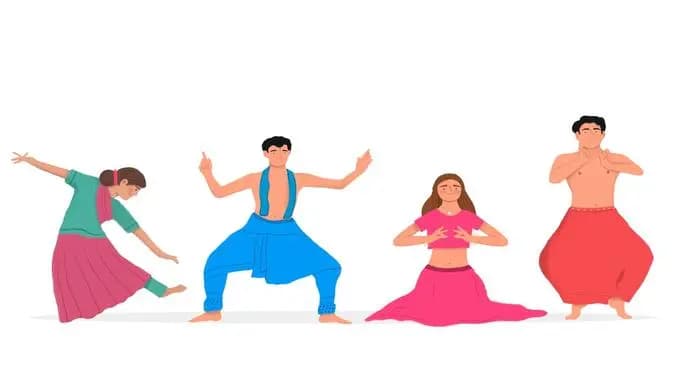
Table of Contents
- Introduction to Uttar Pradesh's Cultural Heritage
- List of Best Folk Dances in Uttar Pradesh
- Raslila: The Divine Dance of Krishna
- Ramlila: The Theatrical Representation of Ramayana
- Interesting facts about Ramlila
- Kathak: The Classical Dance Form
- Nautanki: The Folk Theatre Tradition
- Charkula Dance: A Spectacle of Balance and Light
- Swang: The Art of Imitation
- Khyal: The Musical Drama
- Dadra and Kajri: Melodies of the Monsoon
- Jhora and Chhapeli: Community Dances
- Rai and Shaira: Expressions of Bundelkhand
- Ghoomar and Jhuma: Festive Dances
- Preservation and Promotion of Folk Dances
- Some More Related Posts
- Wrapping Up
Admissions Open for
Uttar Pradesh is one of the culturally richest states in India. It has a lot of different traditions, lively events, and beautiful folk dances. The spirit of the area is captured in these dances, which tell stories of love, devotion, bravery, and daily life. These folk arts are rooted in the state's history and culture, and they're more than just fun. They also help connect younger generations to the cultural past.
This blog post will talk about the beautiful folk dance of Uttar Pradesh, including where they came from, what they mean, why they're important for kids, and some interesting facts about them that will make them even more interesting.
Introduction to Uttar Pradesh's Cultural Heritage
Uttar Pradesh, which is sometimes called the "Heartland of India," is a state where art and culture come together. Folk dances are an important part of the state's history and sense of community. Whether they are performed at religious events, harvests, festivals, or other times of joy, these dances show what the people believe, how they feel, and what their stories are.
List of Best Folk Dances in Uttar Pradesh
|
Dance Name |
Quick Description |
|
Raslila |
A devotional dance-drama depicting episodes from Lord Krishna's life, performed during festivals like Holi and Janmashtami. |
|
Ramlila |
A theatrical representation of the Ramayana, portraying Lord Rama's life and celebrated during Dussehra. |
|
Kathak |
A classical dance form characterized by intricate footwork, spins, and storytelling through gestures and expressions. |
|
Nautanki |
A vibrant folk theater form blending music, dance, and humor to narrate social, mythological, and satirical stories. |
|
Charkula Dance |
A unique dance where performers balance multi-tiered pyramids lit with oil lamps on their heads, celebrating joy and light. |
|
Khyal |
A folk theater form featuring musical narratives and elaborate costumes, focusing on historical and moral tales. |
|
Swang |
A mimicry-based folk art combining storytelling and humor, traditionally performed with improvised dialogues. |
|
Dadra and Kajri |
Dance and song forms celebrating the monsoon season, often expressing emotions of love and longing. |
|
Jhora and Chhapeli |
Community dances performed during festivals, showcasing unity, rhythm, and traditional joy. |
|
Rai and Shaira |
Folk dances from Bundelkhand region, rich in storytelling and vibrant cultural expressions. |
|
Ghoomar and Jhuma |
Festive dances adopted in Uttar Pradesh, performed during celebrations with traditional attire and music. |
Is your kid a dance enthusiast?
Discover more and ignite their passion on our Orchid's Dance Activity Page!
Raslila: The Divine Dance of Krishna
Raslila (in Hindi: रासलीला) is a devotional dance-drama that comes from the Braj area of Uttar Pradesh. It reenacts events from Lord Krishna's life. This style of dance has its roots in the Bhakti movement of the 1600s and became popular thanks to the writings of artists like Swami Haridas. It is usually done during holidays like Holi and Janmashtami. It shows love and devotion through expressive dance, classical music, and bright costumes. Raslila is still an important part of Uttar Pradesh's culture and religion.
Did you know? Lord Krishna’s birth wasn’t just divine—it marked the beginning of tales that inspire Raslila,
Know more about Krishna Birth a Festival known as Krishna Janmashtami...
Historical Context of Raslila
Raslila plays out scenes from Krishna's life, especially the fun times he had with the Gopis (milkmaids). Classical dance, theatre, and mythological stories are all mixed together in these highly religious performances.
Performance Elements
-
Costumes: Performers dress in bright, traditional clothes that include jewellery and lots of makeup.
-
Music: Classical instruments like the flute, tabla, and harmonium play along with the shows. The songs are devotional ones called Bhajans.
-
The main ideas are Radha and Krishna's love for each other, their fun banter, and the lessons we can learn from Krishna's life.
Importance for Kids
-
Raslila tells kids stories about Lord Krishna that teach them values like love, loyalty, and how good always wins over evil. Through its lively music and stories, it raises cultural understanding and sparks creativity.
-
Interesting facts about Raslila
-
People think that Lord Krishna himself did Raslila for the first time with the Gopis.
-
Improvisation is a big part of this type of dance, which lets artists show off their own style.
Ramlila: The Theatrical Representation of Ramayana
Since the 17th century, Ramlila (in Hindi: रामलीला) has been a play based on the Ramayana that shows Lord Rama's journey and his win over Ravana. People became more interested in this folk art during the rule of Akbar, the Mughal Emperor, who respected Hindu customs. It gets a lot of attention during Dussehra, when local artists put on big public shows. Ramlila is still a strong way to tell cultural stories and is recognised by UNESCO as an Intangible Cultural Heritage.
Significance
During the Dussehra festival, Ramlila tells the story of Lord Rama's life, including his exile, Sita's kidnapping, and his win over Ravana, the king of the demons.
How Performances Are Put Together
Set and props: They use fancy outdoor sets and fancy costumes and props to bring the Ramayana to life.
Participation in the Community: A lot of the time, neighbourhood actors, musicians, and craftspeople work together on Ramlila.
Importance for Kids
Ramlila reads one of India's most famous epics to kids and teaches them moral lessons like duty, bravery, and respect for older people. By getting people involved, it also promotes teamwork and creativity.
Interesting facts about Ramlila
- Ramlila shows can go on for up to 10 days, and each day they focus on a different part of the Ramayana.
- In some places, kids are cast in lead parts, which makes the shows more fun.
Kathak: The Classical Dance Form
Kathak (in Hindi: कथक) is one of India's eight classical dance styles. Its roots can be traced back to temples in Uttar Pradesh from around 400 BCE. Under Mughal rule in the 1600s, the dance changed from a form of religious storytelling to a refined court art. Kathak dances show stories from epics like the Mahabharata and Ramayana. They are known for their complicated steps, graceful spins, and expressive facial expressions. Two important Kathak schools that carry on the tradition are the Lucknow and Banaras Gharanas.
Historical Evolution
Originating as a storytelling art form in temples, Kathak evolved into a sophisticated court dance during the Mughal era.
Key Features
-
Footwork and Spins: Intricate footwork and graceful spins are hallmarks of Kathak.
-
Expressions: Facial expressions and hand gestures (mudras) are used to narrate stories.
-
Gharanas: Uttar Pradesh houses two prominent Kathak schools, the Lucknow and Banaras Gharanas.
Importance for Kids
Kathak enhances children’s coordination, rhythm, and focus while also familiarizing them with Indian mythology and classical music. It is a great way to instill discipline and cultural pride.
Fun Facts about Kathak
-
Kathak dancers can perform up to 100 spins in a single performance!
-
The word "Kathak" comes from the Sanskrit word "Katha," meaning story.
Nautanki: The Folk Theatre Tradition
Nautanki (in Hindi: नौटंकी) is a lively form of folk theatre that began in Uttar Pradesh in the early 1800s. This form of art, which used music, dance, and acting to tell stories about myths and social issues, became a popular way to have fun in rural areas. Nautanki was traditionally played outside, and its catchy lines and funny scripts made it a community favourite. It often talked about social problems and taught and entertained its viewers at the same time.
Themes and Stories
-
Nautanki talks about a lot of different topics, from myths and folktales to modern social problems.
-
It has a funny and satirical style that makes the acts more interesting.
Importance for Kids
Nautanki is a fun way for kids to learn about morals and culture while also getting better at public speaking and sharing stories.
Fun Facts about Nautanki
-
Drums used to be used to announce Nautanki performances, which drew people from nearby towns.
-
It is said that the name "Nautanki" comes from a famous courtesan named Nautanki, whose acts gave rise to the art form.
Charkula Dance: A Spectacle of Balance and Light
Charkula(in Hindi: चर्कुला नृत्य) is a dramatic folk dance that women in the Braj area do to honour Radha's birth. The dance, which is thought to have started around 300 years ago, has people holding pyramids with 108 oil lamps on top of their heads. Charkula is a traditional dance that is done on Akshaya Tritiya and other holidays. It is a fascinating sight because of the way it combines grace, power, and meaning.
Performance Style
Dancers balance multi-tiered wooden pyramids, lit with oil lamps, on their heads while performing rhythmic movements.
Importance for Kids
Charkula highlights the importance of physical endurance, balance, and the joy of cultural celebrations, inspiring awe and wonder in children.
Fun Facts about Charkula
-
The dance is often performed to celebrate Radha’s birth.
-
Each Charkula pyramid can hold up to 108 oil lamps!
Swang: The Art of Imitation
Swang(in Hindi: स्वांग), whose name means "imitation," is a type of folk art that has been famous in Uttar Pradesh since the 1600s. Swang has traditionally been done by men, even when they were playing women. It uses stories, humour, and song to send religious and social messages. Its dialogues and improvised acts make it fun to watch and make you think. Swang is still an influence on many current theatre and film styles.
Performance Style
-
Performed in a dialogue-oriented manner, Swang focuses on religious and social themes.
-
Traditionally, male performers enact both male and female roles, adding an element of humor.
Importance for Kids
Swang teaches children the art of expression and humor, helping them develop communication skills and cultural knowledge.
Fun Facts about Swang
-
It’s one of the oldest forms of folk theater in India.
-
Swang performances often include improvised dialogues, adding spontaneity to the show.
Khyal: The Musical Drama
The 18th-century Uttar Pradeshi folk theatre style known as khyal(in Hindi: ख्याल) combines musical compositions with dance and dramatic elements. The heroic, mythological, and morally instructive stories told in Khyal are famous for their ornate costumes and beautiful music. Village fairs and festivals often feature performances that provide an opportunity for both amusement and instruction. Khyal has been there for a long time, but it is still a representation of Uttar Pradesh's rich cultural history.
Performance Elements
-
Themes and performance elements: Khyal shows are often based on moral lessons, myths, and heroic stories.
-
Songs and clothes: Melodramatic music and fancy outfits make the theatre experience more interesting and draw people in.
Importance for Kids
Khyal uses fun and interesting ways to teach kids about history and myths. In addition, it helps them learn to enjoy traditional songs and stories.
Fun Facts about Khyal
-
Khyal is a traditional dance that is done at village fairs and holidays.
-
Folk and classical music are played together in each show, making it unique to the area.
Dadra and Kajri: Melodies of the Monsoon
Dadra and Kajri(in Hindi: दादरा और कजरी) are types of folk music and dance that are popular in Uttar Pradesh during the rainy season. The semi-classical dance Dadra was created in the 1800s. It combines light classical music with rhythmic moves. Kajri, which is known for its soulful music, sings about love and sadness when it rains. These kinds of art are deeply connected to Uttar Pradesh's rural life and nature rhythms.
Performance Elements
-
Instruments: The tabla, harmonium, and sitar are used to add soul to these performances, which are very moving.
-
Themes: Kajri songs often talk about how beautiful nature is, how it rains, and how the rainfall makes people feel.
Importance for Kids
These kinds of art help kids connect with nature and the changing of the seasons, which helps them understand how music and poems make them feel.
Fun Facts about Dadra and Kajri
-
A usual way for women to work in the fields during the rainy season is to sing Kajri.
-
Dadra's dance moves are often light and rhythmic, which goes well with the happy mood of the music.
Jhora and Chhapeli: Community Dances
In Uttar Pradesh, Jhora and Chhapeli(in Hindi: झोरा और छपेली) are traditional dances that people do together at fairs and other social events. Jhora is a circle dance that represents unity and happiness for everyone. Chhapeli, on the other hand, is a dance that women do with mirrors and handkerchiefs as props. These dances have been around for hundreds of years and are known for the happy mood they create and the lively music that goes with them.
Performance Elements
-
People wear bright clothes and dance to lively music for both dances, which are done at fairs and social events.
-
These dances are beautiful to look at because of how the groups move together and interact with each other.
Importance for Kids
Jhora and Chhapeli teach kids how important it is to work together, be involved in their community, and have fun. They also teach them how to dance in traditional ways and play music from the countryside.
Fun Facts about Jhora and Chhapeli
-
Jhora is a dance that brings people together and is often done to mark the start of a new season or event.
-
Chhapeli dancers often wear bright clothes and jewellery, which makes the shows very interesting to look at.
Rai and Shaira: Expressions of Bundelkhand.jpg)
The folk dances Rai and Shaira(in Hindi: राई और शैरा) are lively and come from the Bundelkhand area. They are known for telling stories and having cultural meaning. Rai is a dance that the women of the Beria group do. It has quick, rhythmic steps. Shaira, on the other hand, is a dance that is usually done at weddings and other happy events. These dances come from the tribal history of Bundelkhand and are still popular as ways to show who you are as a local.
Performance Elements
-
Props: Dancers can use everyday objects like sticks or pots to make the performance more exciting.
-
Music: The music is lively and interesting, with folk instruments playing in the background.
Importance for Kids
They show how diverse Uttar Pradesh's culture is and teach kids to appreciate local art forms. They also urge kids to find new ways to use rhythm and movement.
Fun Facts about Rai and Shaira
-
Rai used to be a dance only seen in court, but now it's a dance for everyone.
-
Shaira shows often include funny stories that give the celebrations a unique flavour.
Ghoomar and Jhuma: Festive Dances
Originally from Rajasthan, Ghoomar and Jhuma (in Hindi: घूमर और झूमा) today play significant roles in Uttar Pradesh festivals. Ghoomar, which translates to "happiness and wealth," is performed by women wearing flowing lehengas. Harvest celebrations frequently feature the energetic group dance known as jhuma. These dances are performed to the accompaniment of folk melodies that recount tales of the region and its traditions.
Performance Elements
-
Costumes: Traditional clothes like lehengas and dupattas make the event look better.
-
Themes: Dances like these are done at weddings, fairs, and community events to show happiness and wealth.
Importance for Kids
Ghoomar and Jhuma teach kids how important it is to celebrate culture and hold on to old traditions. They also urge people to express their art through dance.
Fun Facts about Ghoomar and Jhuma
-
The circular shapes in Ghoomar stand for continuity and community energy.
-
Folk songs that tell stories about the area and events in history are often played with jhuma.
Preservation and Promotion of Folk Dances
There are many initiatives taking in place to protect and promote these cultural assets:
-
Cultural Festivals: Folk musicians have a stage during celebrations like the Taj Mahotsav and the Lucknow Mahotsav.
-
Government Initiatives: Folk dance documentation and promotion are supported by organisations like as the Sangeet Natak Akademi.
-
Education and Media: Reaching a wider audience is facilitated by incorporating various artistic mediums into the classroom and presenting them in documentaries and films.
Some More Related Posts
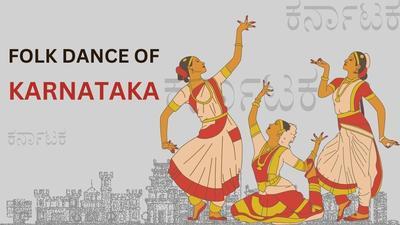 **Folk Dances in Andhra Pradesh
**Folk Dances in Andhra Pradesh
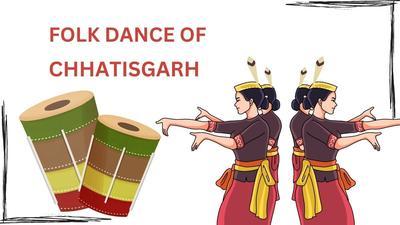 **Top 10 Folk Dance of Chhattisgarh
**Top 10 Folk Dance of Chhattisgarh
Wrapping Up
The folk dances of Uttar Pradesh are more than just performances they are living traditions that carry the essence of the state’s history, spirituality, and communal identity. By celebrating and preserving these art forms, we honor the creativity and resilience of generations who have shaped the cultural fabric of Uttar Pradesh.
Frequently Asked Questions
Among the well-known traditional dances of Uttar Pradesh are the Charkula, Nautanki, Kathak, Ramlila, and Raslila.
Raslila emphasises themes of love and devotion by dramatising events from Lord Krishna's life.
Kathak is a traditional dance style that combines storytelling with elegance and accuracy through its complex footwork and spins.
Charkula dancers represent light and celebration by balancing multi-tiered lamps on their heads.
through government programs, cultural events, and incorporation into the media and educational system.
A theatrical adaptation of the Ramayana, Ramlila promotes moral principles and civic engagement.
CBSE Schools In Popular Cities
- CBSE Schools in Bangalore
- CBSE Schools in Mumbai
- CBSE Schools in Pune
- CBSE Schools in Hyderabad
- CBSE Schools in Chennai
- CBSE Schools in Gurgaon
- CBSE Schools in Kolkata
- CBSE Schools in Indore
- CBSE Schools in Sonipat
- CBSE Schools in Delhi
- CBSE Schools in Rohtak
- CBSE Schools in Bhopal
- CBSE Schools in Aurangabad
- CBSE Schools in Jabalpur
- CBSE Schools in Jaipur
- CBSE Schools in Jodhpur
- CBSE Schools in Nagpur
- CBSE Schools in Ahmednagar
- CBSE School In Tumkur

Call Us to know more about Orchids
Swipe Up


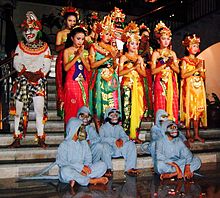
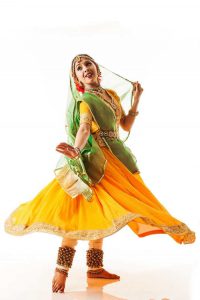
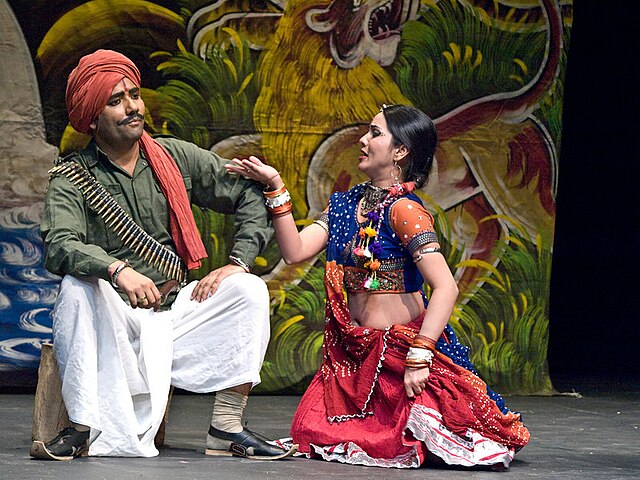
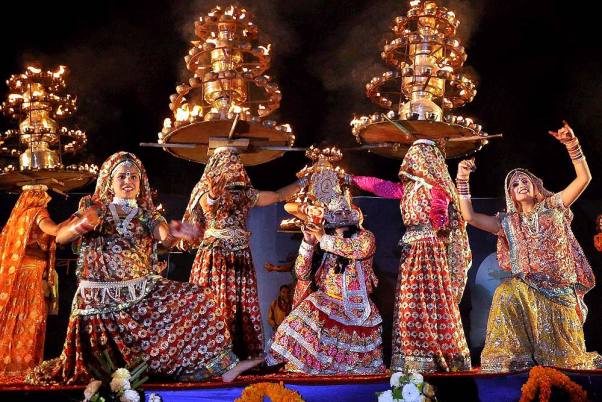
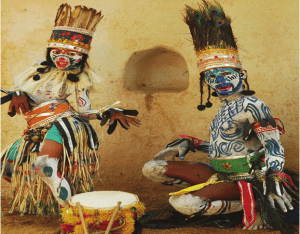
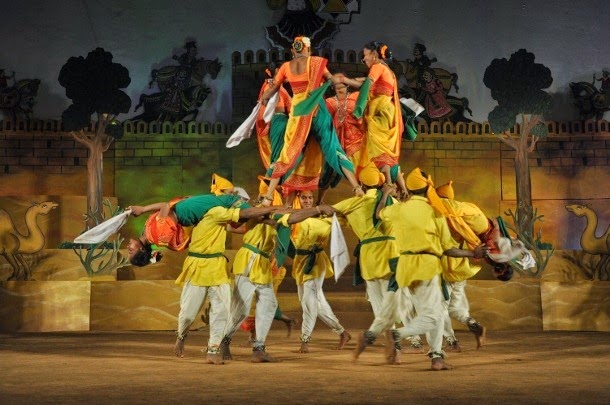

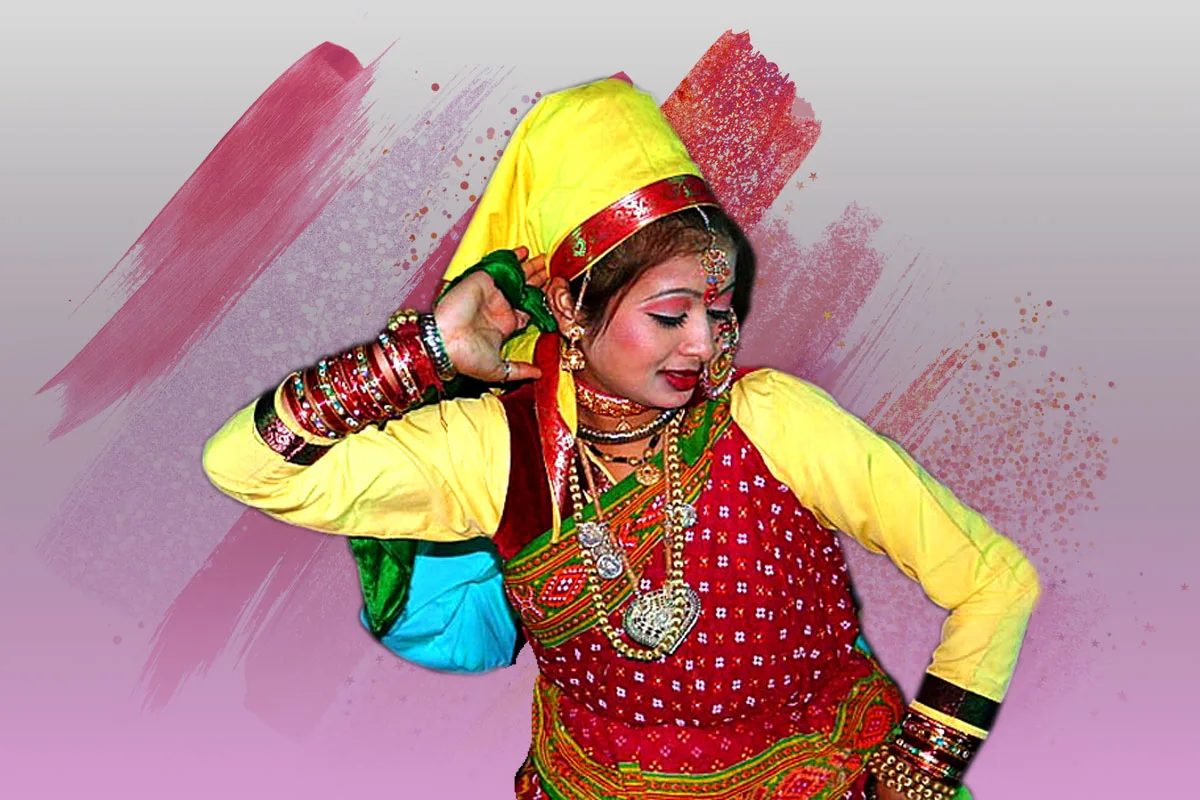
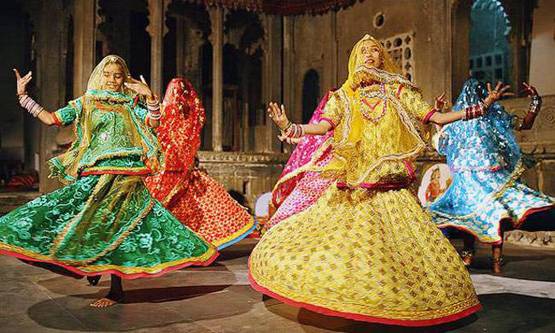
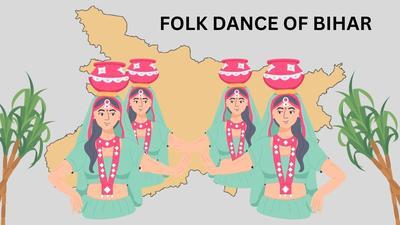

.jpg&w=1920&q=80)













